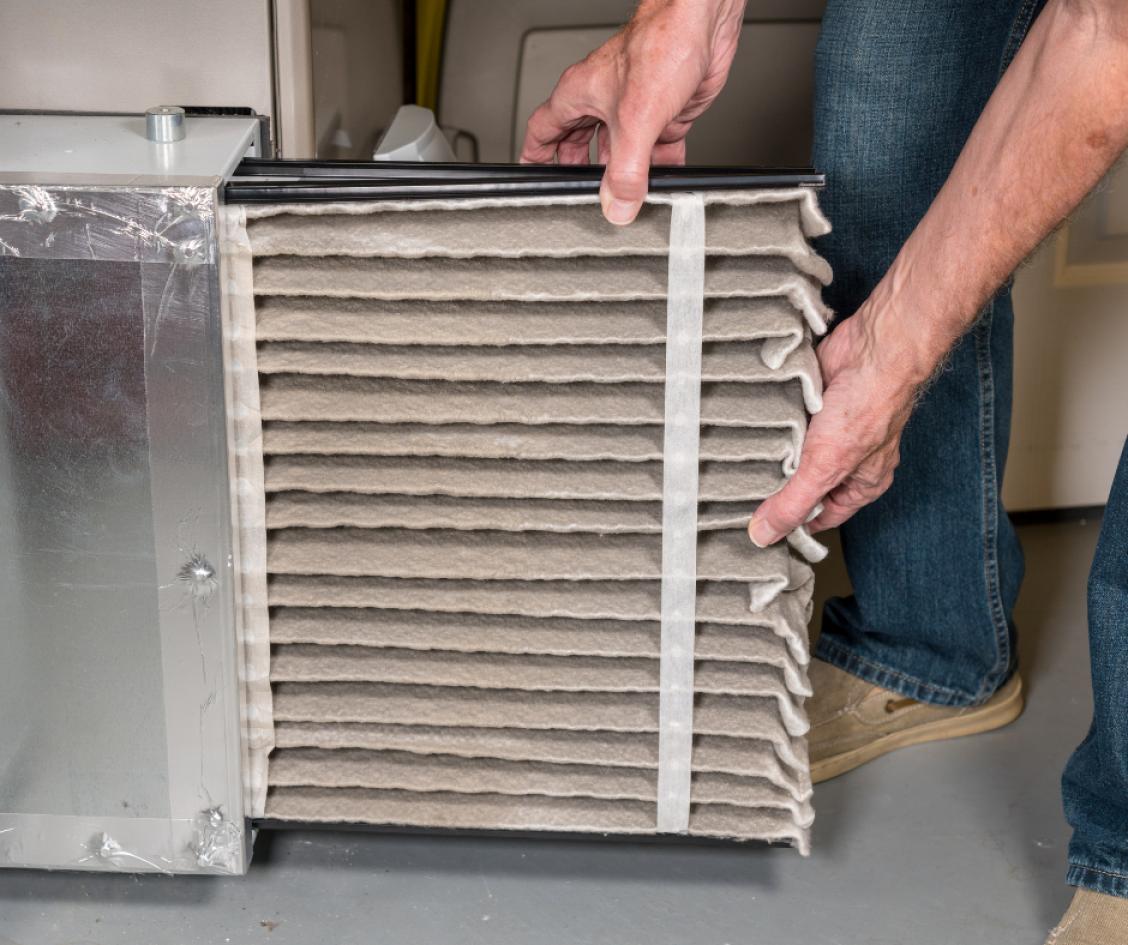How Often to Change HVAC Filter: A Crucial Guide to Optimal Home Comfort

For your home's indoor air quality, energy efficiency, and maximum performance, maintenance of your HVAC system is essential. Changing the HVAC filter on a regular basis is one of the easiest yet most important maintenance activities. We'll go into the significance of changing your HVAC filter, the suggested frequency, and how to make this regular maintenance a seamless part of your home care in this extensive guide.
Knowing the Function of HVAC Filters
Your heating, ventilation, and air conditioning system depends heavily on HVAC filters. Their main purpose is to capture airborne particles such as dust, debris, pollen, and others and keep them from moving throughout your house. A well-maintained and effective filter guarantees the seamless functioning of your HVAC system, improves the quality of indoor air, and extends the equipment's lifespan.
How Often to change HVAC Filter?
The type of filter, the conditions in your home, and the usage of the system all affect how often you should change the HVAC filter. As a general rule of thumb:
1. Standard Filters: These filters, which have a thickness of 1-3 inches, usually require change every 1-3 months. To maintain the best possible air quality, check and replace the filter once a month if you have allergies or pets.
2. Pleated Filters: These filters offer superior filtration and typically need to be changed every three to six months. They are 1-3 inches thick. It's advisable to do routine inspections, particularly if your home is highly trafficked.
3. High-Efficiency Particulate Air (HEPA) filters are made for better air filtration, and they usually last six to twelve months. Ongoing observation, however, guarantees their long-term effectiveness.
4. Electrostatic Filters: Depending on the manufacturer's recommendations, these reusable filters need to be cleaned every one to three months.
Indicators That Your HVAC Filter Needs to be Changed
1. Diminished Airflow: A blocked filter may be obstructing airflow from your vents if you observe a decrease in airflow.
2. Higher Energy Bills: An unclean filter makes your HVAC system work harder, which uses more energy. Upholding energy efficiency can be aided by routine filter replacements.
3. Visible Dust and Dirt: Regularly check your filter. It is obviously time for a replacement if dirt and dust accumulation are visible.
4. Allergy Symptoms: An ineffective filter may not be adequately catching allergens if you or members of your family notice an increase in allergy symptoms.
How to Replace an HVAC Filter
1. Find the Filter. Find the placement of the filter. Usually, the HVAC unit itself or the return air duct houses it.
2. Switch Off the HVAC System: Before attempting to replace the filter, turn off your heating and cooling system out of caution.
3. Take note of the size and the airflow direction specified on the frame as you carefully remove the old filter.
4. Put the New Filter in: Make sure the new filter is positioned in the same direction as the old one. Make sure it slides into the assigned slot snugly.
5. Seal the Filter: Make sure there are no gaps or loose fittings by tightly closing the filter access door.
6. Activate the HVAC System: After installing the new filter, activate your HVAC system to experience enhanced air quality and efficiency.
An easy yet effective maintenance task that may make a big difference in the comfort and energy efficiency of your house is changing the HVAC filter. You can make sure that your heating and cooling systems run smoothly and provide clean, healthy indoor air by knowing when to change your HVAC filter and implementing it into your routine. You'll benefit from a well-maintained HVAC system and a more pleasant living space if you give this task top importance.


